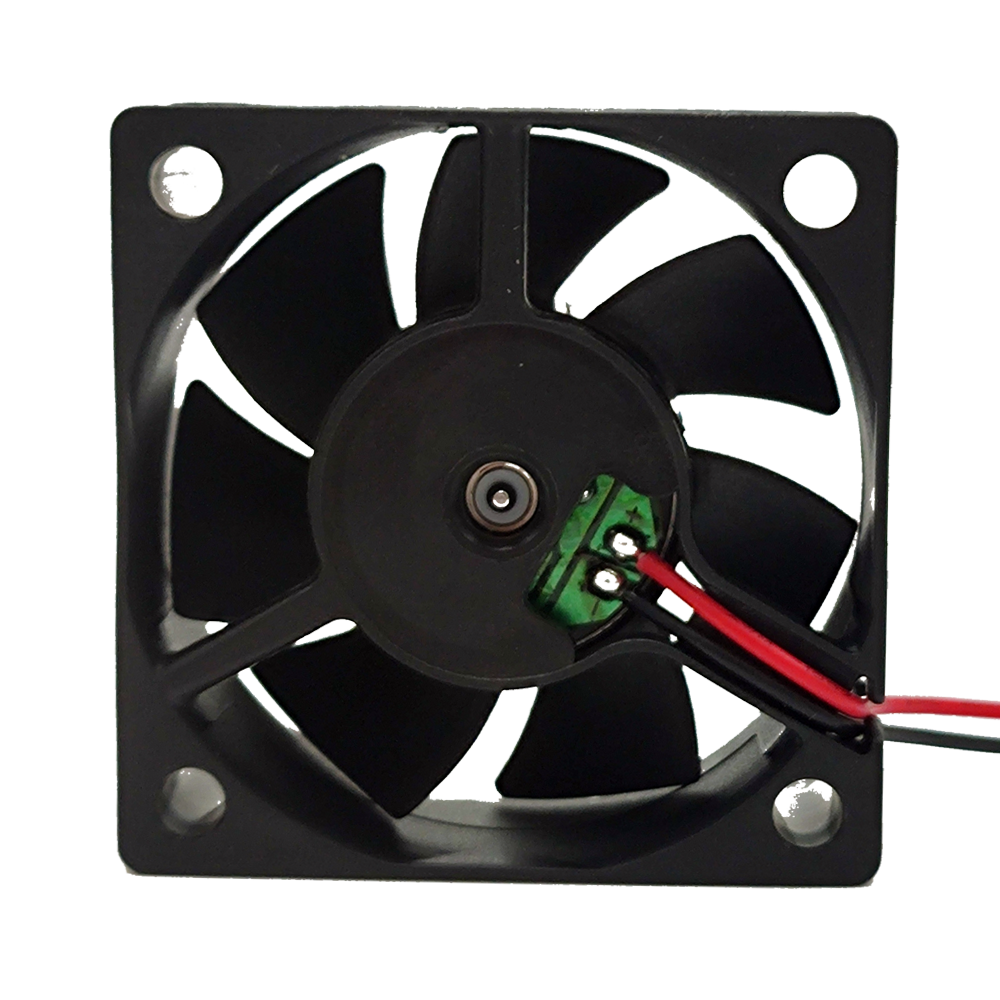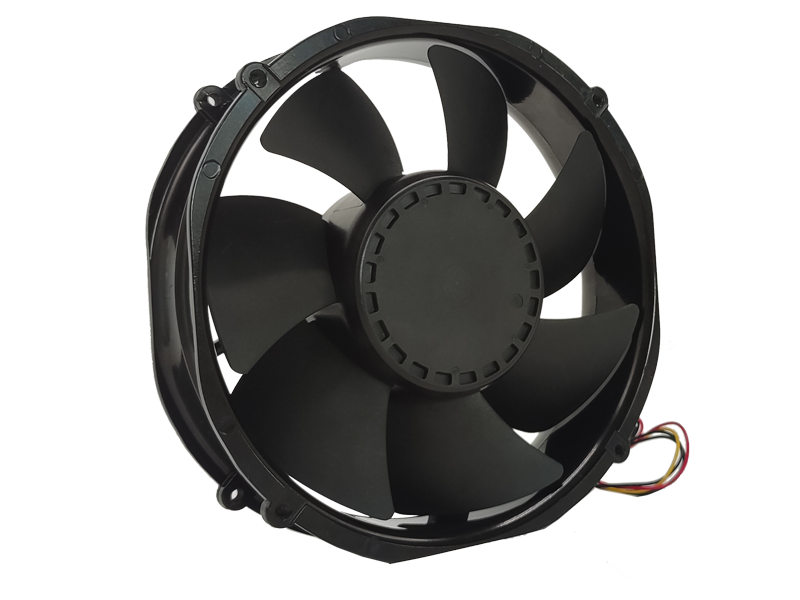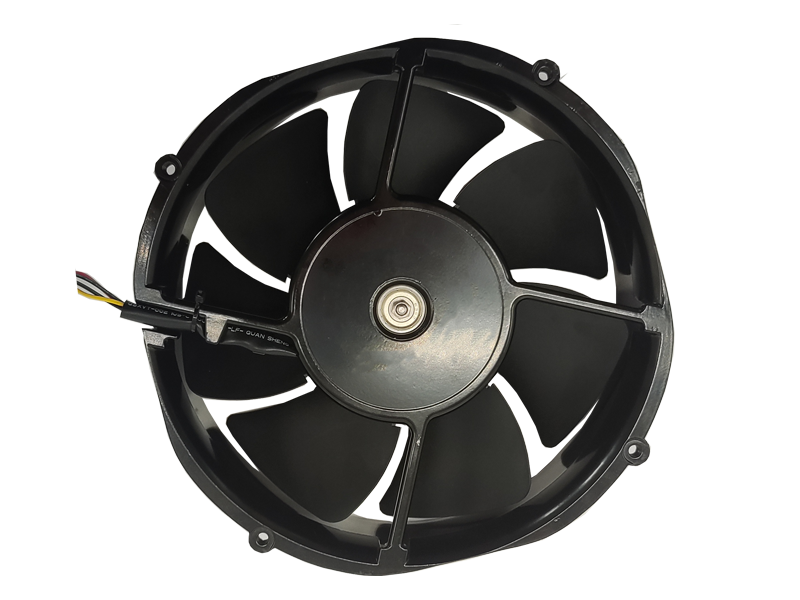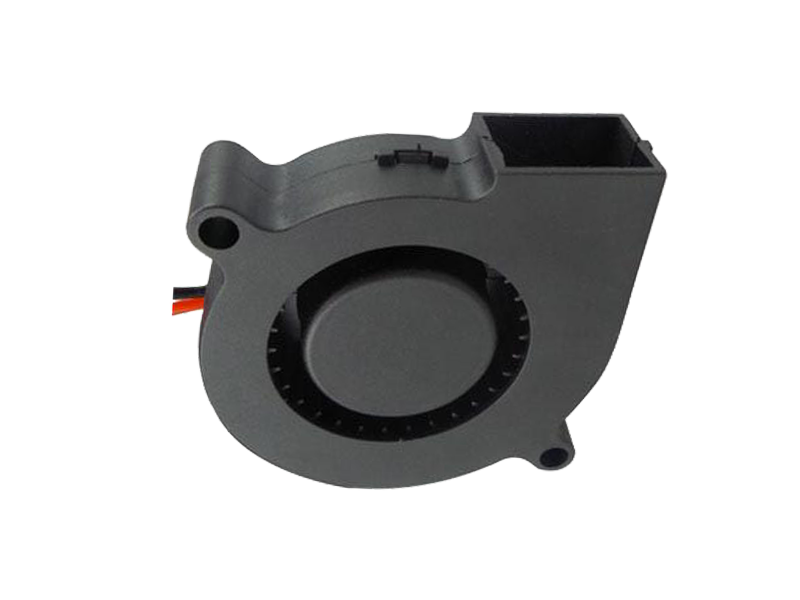The industrial fan has evolved from a basic ventilation tool to a precision-engineered system critical for optimizing productivity, safety, and energy efficiency in modern manufacturing ecosystems. As Industry 4.0 reshapes production paradigms, today's industrial fans must balance aerodynamic performance, IoT connectivity, and predictive maintenance capabilities while operating in harsh environments.
1. Aerodynamic Innovation Beyond CFM Ratings
Modern industrial fans demand a holistic approach to airflow management:
Computational Fluid Dynamics (CFD) Optimization: Advanced simulations now model airflow patterns at sub-millimeter resolution, enabling blade designs that reduce vortex formation and turbulence. A leading manufacturer's patented "SweepTwist" blade geometry increased air delivery efficiency by 22% while cutting energy consumption by 18% in automotive paint booth applications.
Variable Pitch Systems: Electromechanical actuators enable real-time blade angle adjustment, allowing a single fan unit to maintain optimal airflow across varying production loads. This adaptability reduced inventory costs for a food processing plant by 43% by eliminating the need for multiple fixed-configuration fans.
Acoustic Engineering Breakthroughs: Resonance cancellation chambers and perforated blade surfaces now attenuate noise levels below 75dBA even at peak RPM. This enables compliance with OSHA workplace safety standards without sacrificing performance.
2. Smart Connectivity for Industrial Ecosystems
The factory floor's digital transformation requires fans to become nodes in intelligent networks:
Embedded Sensor Suites: Vibration, temperature, and air quality sensors create real-time performance dashboards. A steel mill deployed fans with integrated particulate monitors, automatically increasing airflow when PM2.5 levels exceeded thresholds, reducing worker respiratory incidents by 67%.

Modbus/TCP Integration: Seamless communication with building management systems (BMS) enables coordinated HVAC operation. A pharmaceutical GMP facility achieved 29% energy savings through demand-controlled ventilation synchronized with production schedules.
Digital Twin Capabilities: Cloud-connected fans simulate maintenance scenarios and predict component degradation. For a paper manufacturer, this virtual modeling extended bearing life by 300% through proactive lubrication scheduling.
3. Materials Science Advancements
Extreme industrial environments demand next-generation construction:
Ceramic Matrix Composites (CMC): Lightweight yet heat-resistant CMC blades withstand 1,200°C exhaust streams in aluminum smelters, tripling service intervals compared to traditional alloys.
Self-Healing Coatings: Polyurethane elastomers with microcapsules of healing agents automatically repair blade erosion from corrosive fumes, extending operational lifespan in chemical plants by 50%.
Topological Optimization: Generative design algorithms create lattice-structured motor housings using 30% less material while maintaining structural integrity, critical for weight-sensitive aerial work platform applications.
Recommended Products

The main purpose:Car charging station

The main purpose:Car charging station

The main purpose:Electronic refrigerators, water dispensers, direct drinking machines, inverter power supplies
Address:No. 4137, Longgang Avenue (Henggang Section), Henggang Community, Henggang Street, Longgang District, Shenzhen
hotline:13530005572(Chen)15112579390(Li)


Welcome all friends to come for consultation and negotiation.
Copyright 2024 @ Shenzhen Youneng Xinyuan Electronics Co., Ltd.,(industrial fans,industrial blowers,axial fans,cooling fans manufacturer,centrifugal fans,ac cooling fans,dc cooling fans)